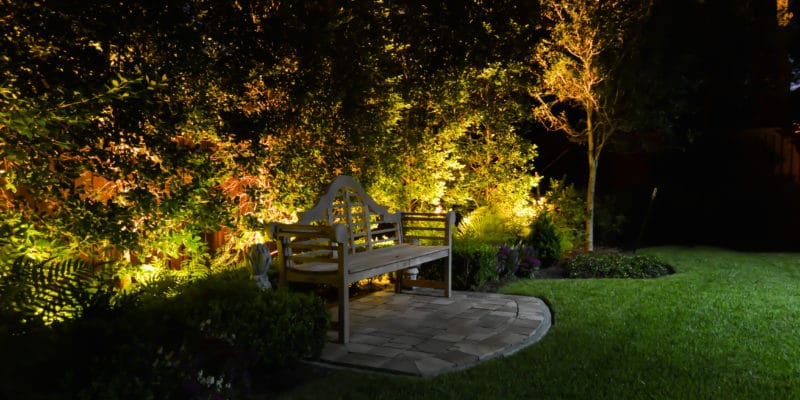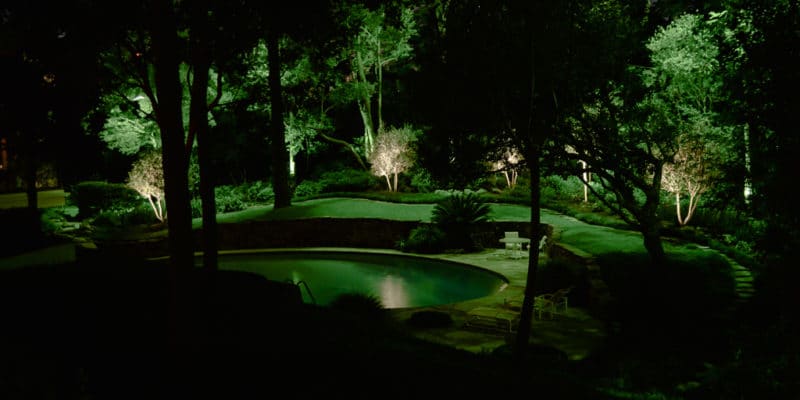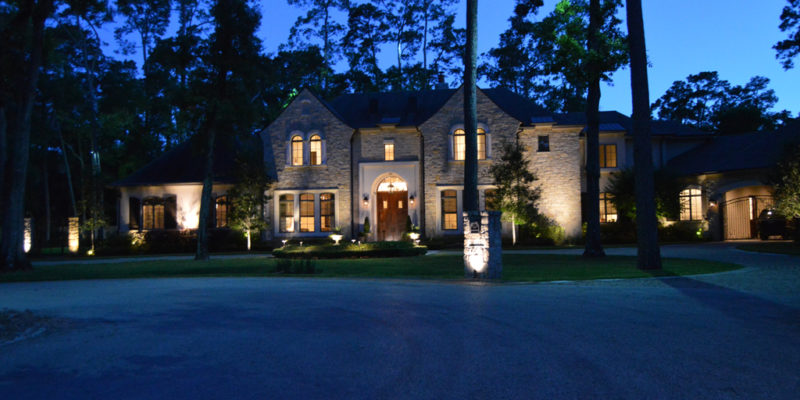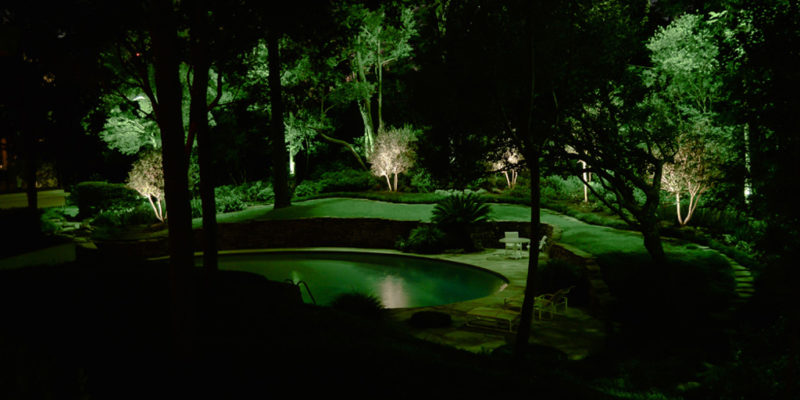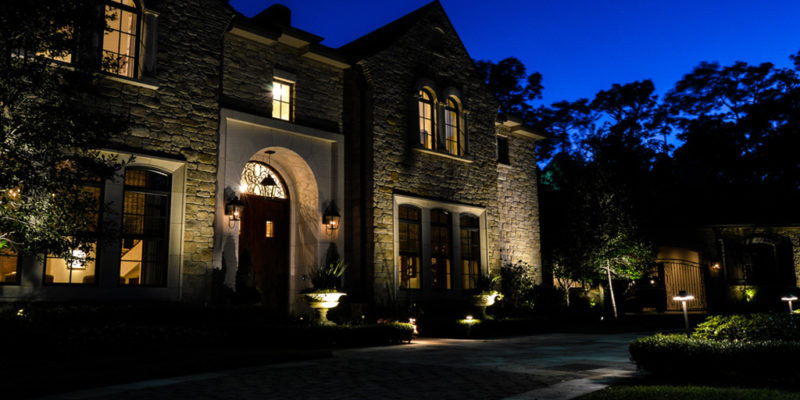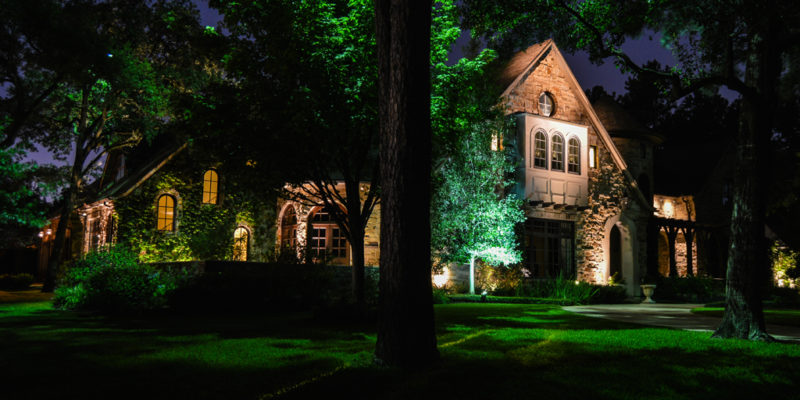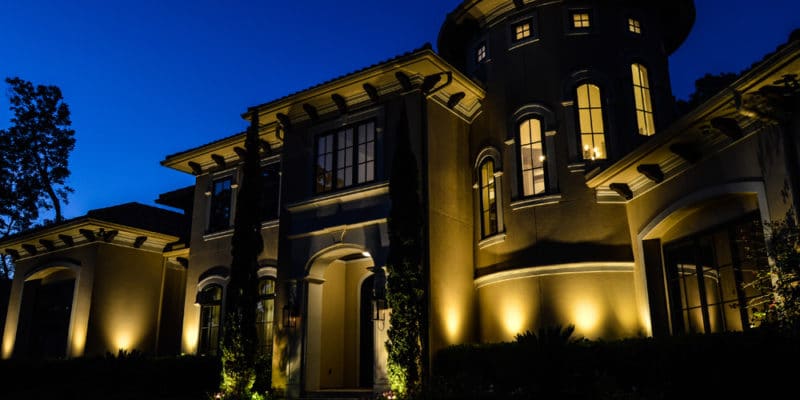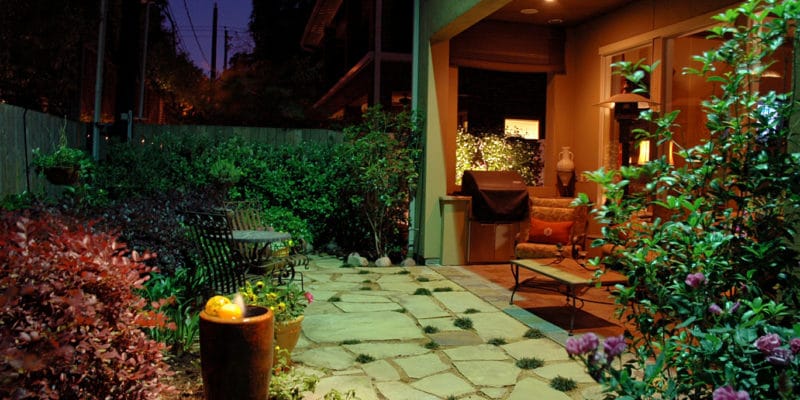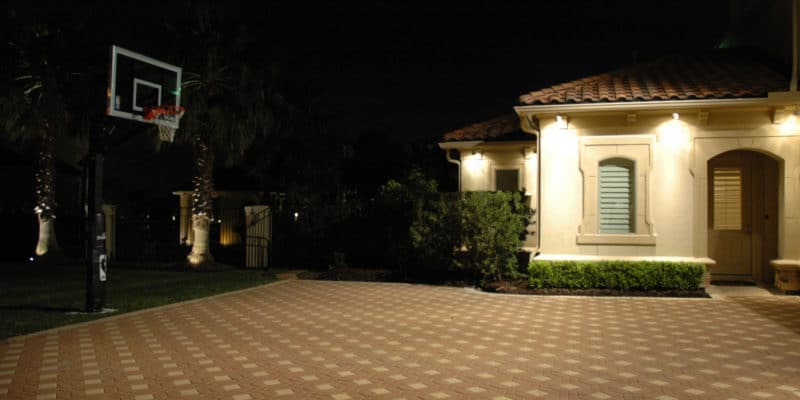Your Perfect Guide To Garden Lighting In Houston
Lighting that is well-planned can really help to enhance your outdoor area, increase visibility and create a pleasant atmosphere that provides you many hours of enjoyment.
Create Your Lighting Plan
Lighting can truly make or break the garden, so make sure you take the time to plan precisely what type of illumination you would like to have and where you want to put it.
Identify Important Features
Make a rough plan for your garden with all of the key features marked. Identify any features you would like to enhance – steps, a tree, a pond – and those you might want to kept hidden such as an old shed.
Stay flexible: a good lighting plan will combine fixed lights along with lights that are easy to move in order to accommodate plant growth and the changing seasons. Consider how you can create various lighting effect in your garden.
Outdooring lighting should always be fluid, and different kinds of lighting will create different effects throughout your garden:
- Downlighting can be great for throwing light on a decked area or patio or for illuminating doorways. Smaller downlights will be able to pick out specific features or plants, and small downlights that are attached to the bottom of low-lying hardscaping such as windows and benches can define areas by providing an attractive and subtle glow.
- Uplighting can illuminate a mature tree, a statue or other big objects from below to produce a dramatic effect.
- This effect can be created by putting spotlights on both sides of a feature.
- Another way to help an object stand out is to use spotlights. An uplight or directional spotlight can be positioned a distance away from your feature to achieve the effect.
- Washing will create a soft glowing effective or a complete hedge or wall by placing a light at the base of the object.
- Shadowing will project a very interesting feature on a fence or wall by angling the spotlight from its foot.
- Grazing can draw attention to interesting stonework by placing uplights next to it.
- With mirroring, a feature is lighted on the far side of a nearby body of water in order to reflect the feature’s image in the dark water.
When using outdoor lights, be sure to not create too much glare. For example, lights in the bottom part of your garden should not be pointing directly at the decking or patio where they should overwhelm people who are sitting there. You also don’t want to have sunken lights that point upward directly.
Safety First
When it comes to exterior lighting, the first priority is to ensure that your garden is safe.
Illuminate Any Hazards
Ensure that any potential tripping hazard is always well lit, which includes any level changes, such as low walls or garden steps. Recessed lights have a tendency to work well in those areas, by providing low-level lighting to lower the risk without being too intrusive.
Take The Necessary Precautions
If you decide to install your own garden lighting, be sure to follow the important safety steps below:
– Switch off the main power.
– Confirm that it is safe to work on the circuits by using a socket tester.
– Protect circuits by using a hi
– Run all of the cables underground (to a depth of at least 450mm if under a path or patio, and 750 under flowerbeds or lawns).
– Use a socket tester to check all of your finished work before using the lights.
If you would like to discover more tips and tricks from Robert Huff Illuminations; visit our blog. Call or contact us today for more information!
